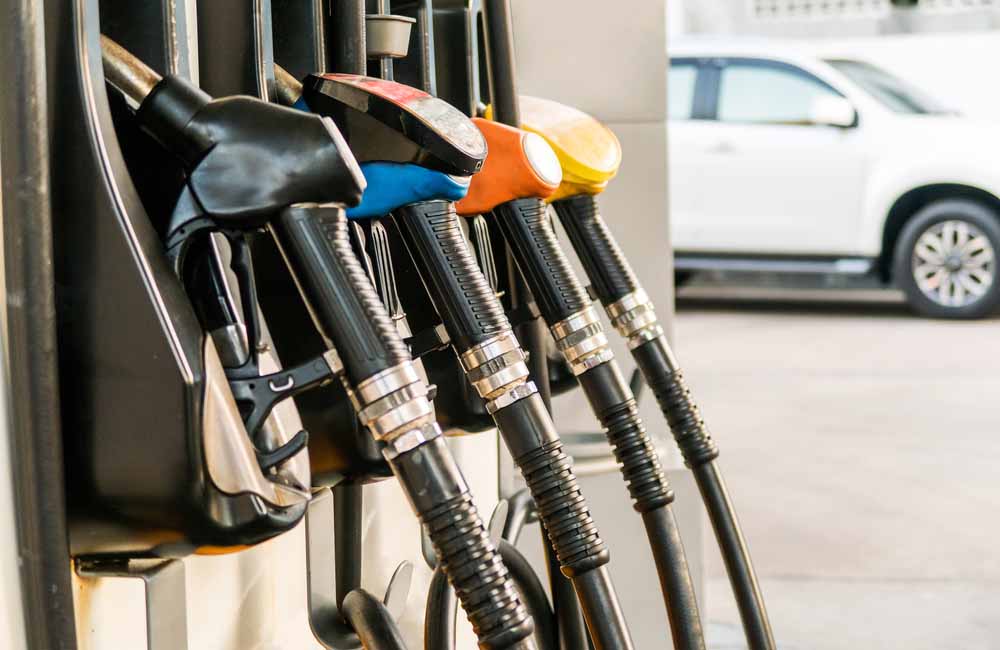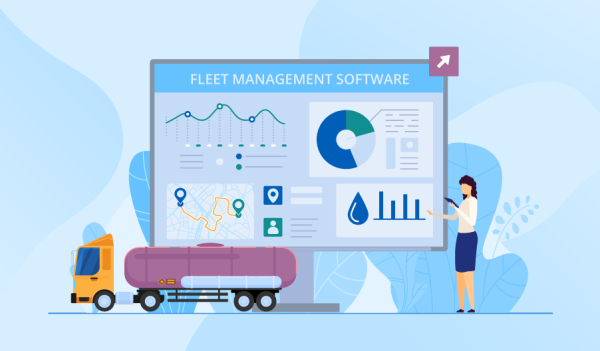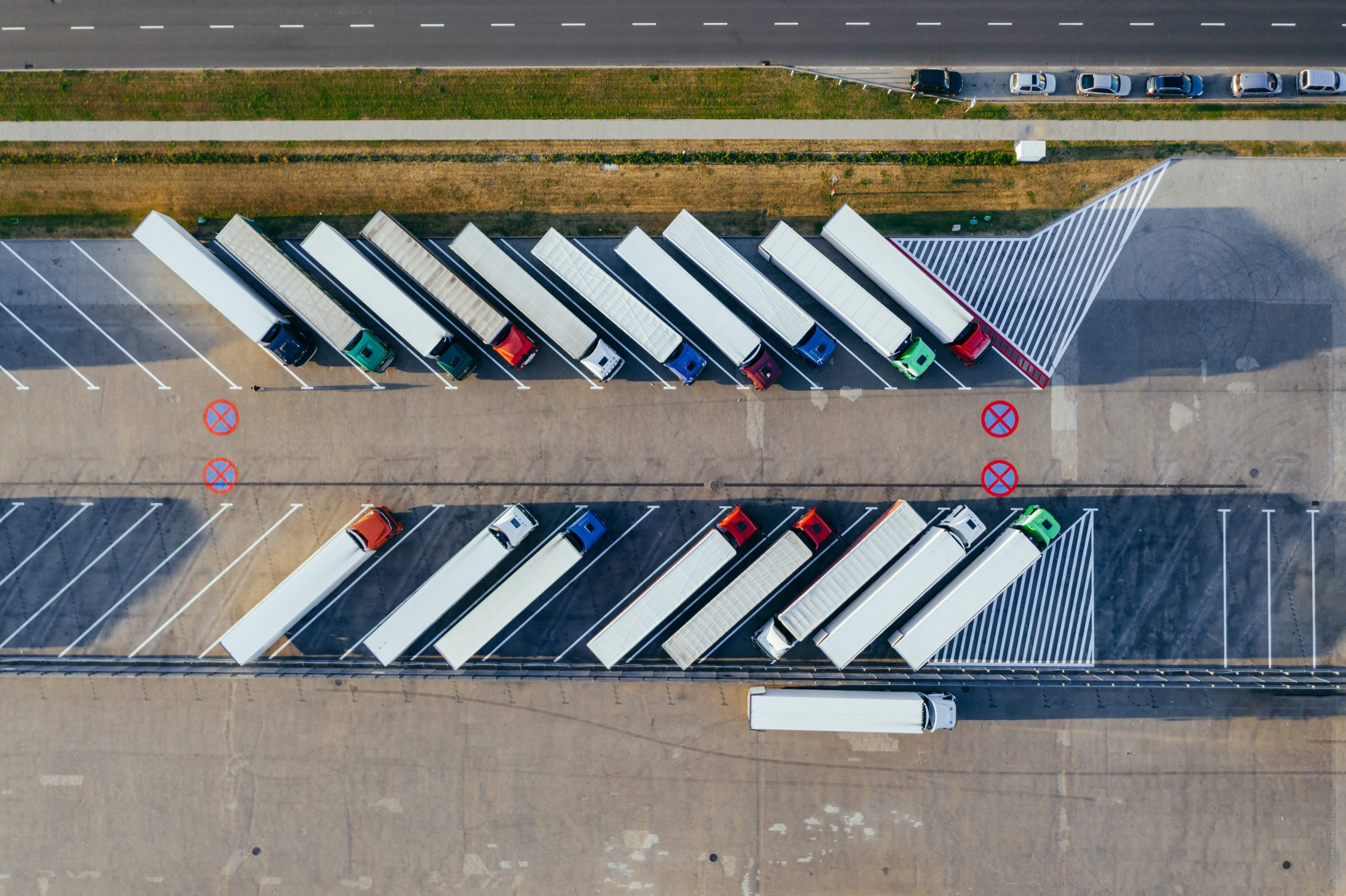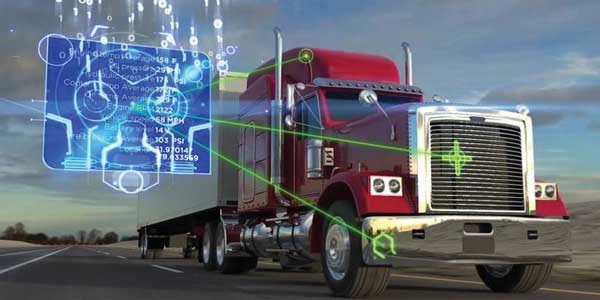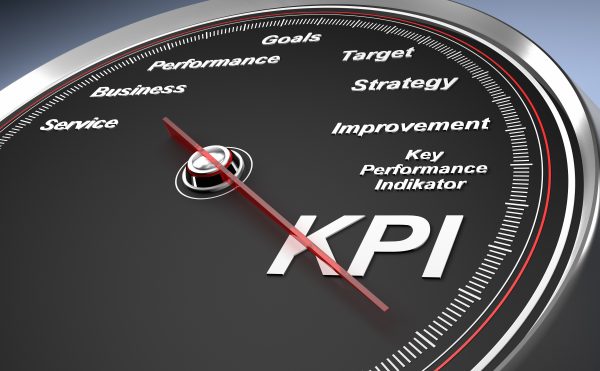Four Key Benefits of Indoor GPS Trackers
Indoor GPS trackers are becoming increasingly popular in industries where safety, security, and efficiency are paramount concerns. These innovative devices offer a range of benefits, from tracking the movements of people and assets to providing real-time data on environmental conditions.
However, despite being a treasure trove of benefits, fleet managers and safety professionals may encounter obstacles in fully capitalizing on indoor tracking due to issues such as technological constraints, the costs associated with implementation, and complexities in managing the data.
In this article, we will explore the ways in which indoor GPS trackers can improve safety, security, and efficiency in a variety of settings. We will examine the latest technology and trends in indoor GPS tracking, and discuss how businesses and organizations can implement this technology to enhance their operations and protect their assets.
What Is an Indoor GPS Tracking System?
An indoor GPS tracking system is a type of technology that allows for the tracking and monitoring of people or objects within enclosed spaces such as buildings, warehouses, and factories. Unlike outdoor GPS systems that rely on satellite signals to determine location, indoor GPS systems utilize a combination of technologies, such as Wi-Fi, Bluetooth, RFID, or Ultra-Wideband (UWB), to provide location information. Indoor GPS tracking systems can accurately locate and track the movement of individuals or assets within the building.
Indoor GPS trackers have revolutionized the way we keep track of our valuables. These highly advanced positioning systems provide an unprecedented level of accuracy and precision in tracking your belongings, ensuring that they are always safe and secure.
With features like motion detection, geofencing, and real-time notifications, you can rest assured that company assets are always where they should be.
How are Indoor GPS Tracking Systems Implemented?
The use of indoor GPS trackers has become increasingly popular in recent years, particularly among large organizations with a large number of expensive assets. These trackers work by using a network of sensors that are strategically placed throughout a building to provide highly accurate location data. This means that you can locate your items within a few meters, even in large indoor spaces like shopping malls, warehouses or airports.
Implementing an indoor GPS tracking system usually involves installing a network of sensors and receivers throughout the facility. The sensors will detect objects, such as cellphones or other tracking devices, and will then send their location data to the receivers. The receivers then process the data and display it in a clear, easy-to-understand format.
What Can an Indoor GPS Tracking System Do?
Indoor GPS trackers have revolutionized the way businesses manage their assets. By connecting these trackers to the cloud, companies can access detailed reports on their item’s activities. This information can be used to make smarter decisions about managing not only those assets, but their organization as a whole. Furthermore, the ability to store data up to 365 days means companies can review past activities as needed.
In addition, signal strength is a critical factor to consider when using indoor GPS trackers. Proper positioning of the trackers and ensuring sufficient signal strength is essential for accurate tracking. Utilizing indoor GPS trackers and connecting them to the cloud increases efficiency and saves time in managing assets while gaining valuable insights to improve decision-making processes.
With an indoor GPS tracking system, you can capitalize on the power of this technology to keep track of the people and things inside your building on a smaller and more precise scale. Companies choose to invest in indoor GPS tracking for a number of purposes, including:
- Conducting health and safety checks
- Tracking employee productivity
- Monitoring asset movement
- Improving customer service
- Increasing security
Benefits of Using an Indoor GPS Tracking System
Indoor GPS tracking offers companies of all sizes a wide range of benefits, but not all systems are created equal. Here’s a look at some of the most noteworthy features to look for when deciding to invest in this technology.
Enhanced Location Awareness
Indoor GPS trackers have become increasingly popular in recent years due to their efficiency in enhancing safety and security in various facilities. These advanced positioning systems allow business owners and managers to track the movement of people, goods and services within their premises. With the help of these indoor GPS trackers, it becomes easier to identify potential risks, prevent accidents, and ensure the safety of all those present on company grounds.
One of the biggest advantages of indoor GPS trackers is that they can provide real-time updates on the location of people and goods within a facility. This is particularly useful in large warehouses, manufacturing plants, and other industrial settings where the movement of goods and machinery can be difficult to track manually. By using indoor GPS trackers, businesses can reduce the risk of accidents and prevent theft or unauthorized access to sensitive areas.
True location awareness goes beyond just knowing where your assets are at a given time. It requires a holistic, wide-ranging view of how they move, where they’ve been, and who uses them. The right GPS tracking system provides a detailed look at the location history of any asset, making it easy to monitor the routes taken, amount of time spent in one area, and other important metrics.
This same benefit extends to staff as well; an indoor GPS tracking solution improves staff awareness for employees, contractors, and visitors by always knowing who’s in what area. Some solutions automatically update as users move within the building, including when they transition between different floors.
Simplified and Optimized Indoor Operations
Indoor GPS trackers can also help improve employee productivity by identifying areas that are underutilized or overcrowded. This information can be used to optimize workflow, reorganize floor plans, and improve overall efficiency within a facility.
In addition, indoor GPS trackers can also be used to monitor equipment usage, temperature and humidity levels in specific areas, and other important metrics that can impact business operations.
Efficient coordination and management of indoor operations, such as maintenance work, are essential for ensuring that your business runs smoothly and efficiently With GoFleet’s Indoor GPS tracking system, such tasks can be completed quickly and efficiently.
The system provides real-time visibility into the exact location of assets and staff, making it easy to figure out who’s available and where they need to be. Simply open up the interactive map and you’ll know exactly who is available, where they are, and when they need to be somewhere. Settings can be changed with a few clicks, and the system can provide notifications when new tasks arise or deadlines approach.
In addition to being an effective coordination tool, GoFleet’s indoor GPS tracking system can also help optimize staff and asset utilization. By keeping an eye on the movements of your assets, you can identify and eliminate inefficiencies such as long travel times or bottlenecks. This results in smoother operations and improved productivity throughout your organization.
Enhanced Safety Measures
In today’s world, security has become a major concern for both individuals and businesses. With the technology advancements, indoor GPS trackers have emerged as an effective option to enhance security measures.
These trackers are designed to provide an additional layer of security by tracking and monitoring the indoor positioning of people or assets. They can help detect suspicious activity and provide an audit trail in case of theft, vandalism or any other criminal activity.
Indoor GPS trackers use advanced technology such as Wi-Fi, Bluetooth, and RFID’s to track and monitor the location of people or objects indoors. They are highly accurate and reliable, making them an indispensable tool for businesses and individuals who want to ensure the safety of their assets.
Indoor GPS trackers and indoor maps have revolutionized the way we navigate and secure indoor spaces. They provide a cost-effective and efficient solution for facilities management, ensuring the safety of staff, visitors, and assets. With the use of indoor GPS trackers, facility personnel can be alerted in real-time if somebody attempts to enter unauthorized areas, providing round-the-clock protection.
The integration of indoor maps into the system makes it easier to locate assets and people in emergencies, ultimately saving lives. As indoor mapping technology continues to advance, we can expect to see even more innovative solutions that will enhance the way we navigate and secure indoor spaces.
Actionable Data Insights
Incorporating indoor GPS trackers can prove to be a fruitful investment for companies looking to enhance their operational efficiencies and reduce costs. These GPS trackers enable businesses to optimize their resources, manage personnel effectively, and conserve energy costs associated with undisturbed spaces.
The technology empowers companies to track the real-time location of their assets, equipment, and employees with high accuracy and signal strength. By monitoring the movements and activities of workers, organizations can identify areas where employees are spending too much time or where there are bottlenecks in the workflow.
This data can then be leveraged to streamline operations, reduce wait times, and enhance overall productivity. Enhancing signal strength is key to ensuring that the tracking technology works reliably and accurately, providing the data needed to make informed decisions.
Tracking technology is capable of generating an incredible amount of data – but understanding it isn’t necessarily easy. That’s why GoFleet’s Indoor GPS tracking system comes with an advanced analytics platform designed to provide detailed, actionable insights into how your organization is performing.
The platform processes and analyzes the data collected by the tracking system in order to give you a more detailed look at what’s happening. Obtain insights into activities taking place within your organization’s facility by analyzing foot traffic patterns, dwell times, and frequencies. Everything is conveniently visualized for you on a dashboard, so you can quickly identify areas for improvement or optimization.
Is an Indoor GPS System Right for Your Business?
In today’s fast-paced business environment, implementing an indoor GPS tracking system is becoming an essential tool for organizations that rely on timely and accurate information on the movement of their employees and assets within a facility.
Indoor positioning technology has the potential to revolutionize the way businesses operate by offering real-time visibility and precise location data. This technology can help companies optimize their operations, improve employee productivity, and enhance customer satisfaction.
However, it is important to note that the benefits of indoor GPS positioning systems extend beyond just workforce productivity and asset management. These systems can also enhance the safety and security of employees by enabling accurate location tracking during emergencies.
Additionally, they can improve the overall customer experience by providing location-based services and personalized promotions. As businesses continue to invest in advanced positioning systems, they are poised to unlock significant operational efficiencies and competitive advantages in their respective markets.
Whether or not an indoor GPS tracking system is right for your business will depend on several factors, including the size of your facility and the type of operations you are running. But with the increasing availability and affordability of these systems, more and more companies are turning to them for improved safety, security, and efficiency. If you have large indoor spaces that need to be monitored, an indoor GPS tracking system is definitely worth considering.
Indoor GPS trackers offer immense benefits to businesses and organizations striving to enhance safety, security, and efficiency. The latest technology in indoor GPS tracking provides accurate location data in challenging environments such as hospitals, warehouses, and factories. By implementing indoor GPS tracking solutions, businesses can improve their asset management and optimize operations, ultimately leading to increased productivity and profitability.
The key is to find the right provider who can help you set up and maintain a system that meets your unique needs. GoFleet is a great place to start – we provide a wide range of GPS tracking products for companies of all sizes. Contact us today to learn more about how you can benefit from our advanced solutions.


